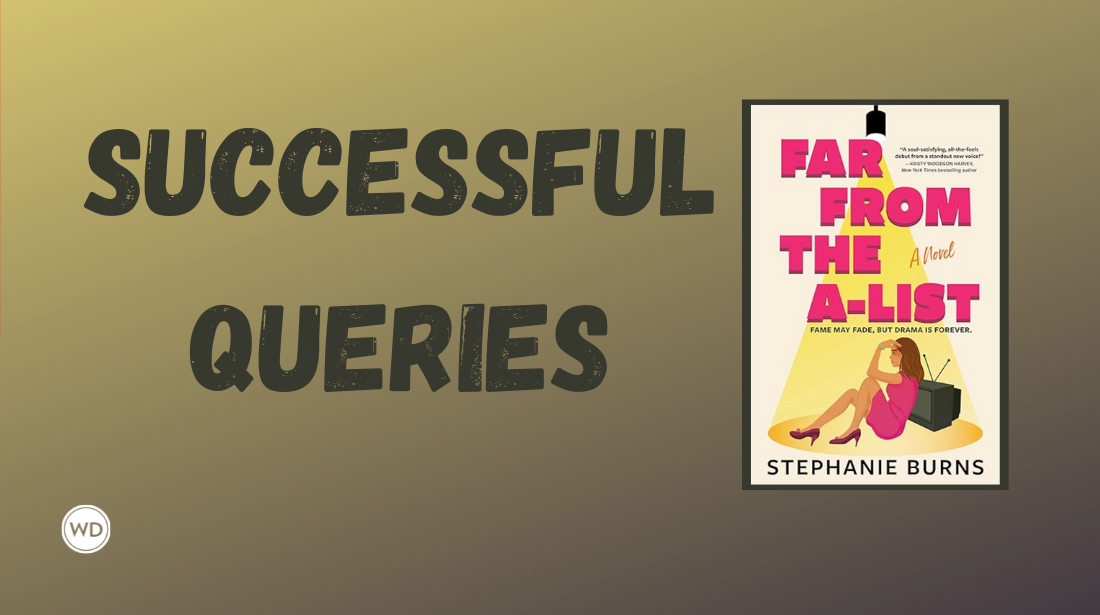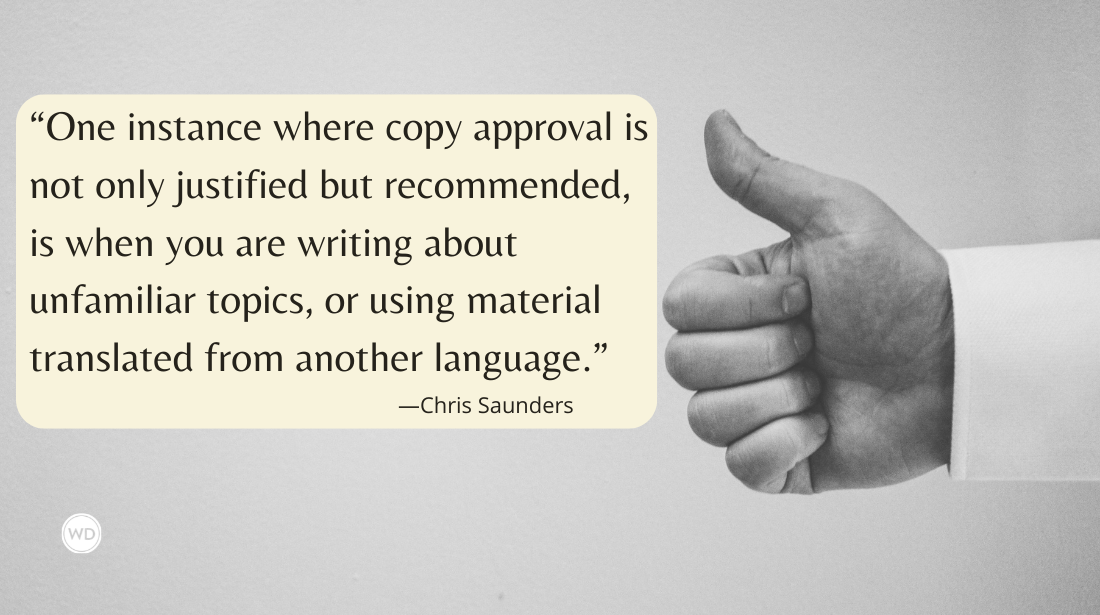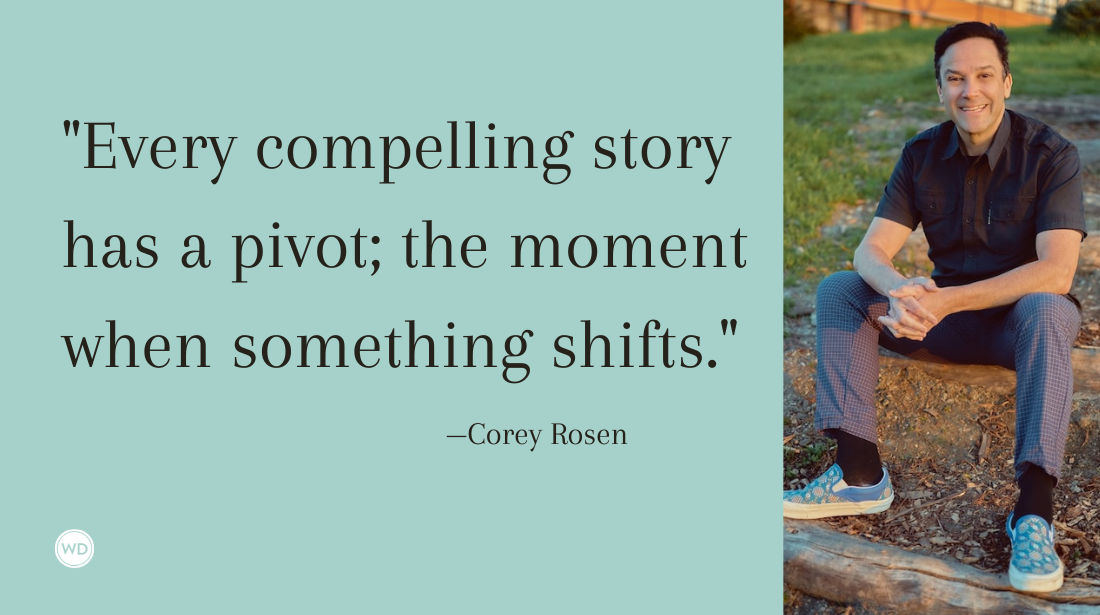Freelance Food Writing: How to Break Into the Industry
Food writer Deanna Martinez-Bey shares her advice on breaking into the freelance food-writing industry, including finding your niche, pitching ideas, and more.
There are many ways one can break into the freelance food writing industry. The best way for me to guide you is to explain my route and detail what was successful for me.
Here are the key topics we will cover in this article:
- Find your niche
- Start a food blog
- Build your portfolio
- Pitch your ideas
- Network your work
Find your food-writing niche
The actual definition of a niche is a specialized market segment for a particular kind of product or service.Food writing is a broad term. To create a niche, we have to narrow down the topic we want to write about—for example, Italian foods, desserts, cocktails, or easy dinners.
To find the ideal niche for you, think about the type of food/food-related topics that interest you. Then, choose one that brings you joy, something you will never grow tired of writing or talking about. Once you have it, you can move forward.
Take the plunge and start a food blog
Now that you have determined your niche, it is time to start writing about it. The quickest way to see your writing published for people to read is to create your own food blog.
There are several options when it comes to blogging platforms, but after going through a couple myself, I recommend WordPress. You can opt for the free version, but the paid version was the way to go for me. I wanted to enable a recipe plug-in on my blog that would allow me to create professional-looking posts. Unfortunately, the WP Recipe plug-in is only available with the paid option.
Magazine editors, book agents, and publishers may also be reading your food blog, so be sure to run each article through an editing program such as Grammarly (which also offers a free version).
Build that writing portfolio
Building your writing portfolio may seem daunting, but it doesn't have to be. Reach out to online food magazines and other food bloggers and offer to write an article for their publication for free. Yes, you read that correctly. Sow your writing expertise for free to build your writing portfolio.
After writing two or three articles for other websites, build a freelance writing portfolio page on your blog. This will come in handy when you pitch your ideas to paying magazines and websites. You can send them a link to your freelance writing portfolio that will include links to all of the articles you have written to date. Also, don't forget to add a link to your food blog!
You can take a look at mine to get an idea of how to create your freelance writing portfolio: My freelance writing portfolio
Start pitching your ideas
Here comes the fun part. Now that you have your freelance writing portfolio in place, it is time to start pitching your ideas to magazines, newspapers, and websites.
My best advice to you is to do an internet search to find food magazines that are accepting pitches. Reach out to the local newspapers to see if they are interested in publishing an article you have written pertaining to food.
Contact websites that revolve around food and pitch a column or article. I prefer having an article written before pitching or having article ideas in place before the pitch.
Always network your writing
The key to getting your writing in front of readers, editors, and publishers is to network it often through social media.
Every time you publish an article, whether it be to your blog or through another online publication, share the link with everyone on Facebook. Create a food writer page on Facebook, invite all your friends to follow, and be sure to share links to your writing on that page and to your personal profile.
Create a food writer account on Instagram. Create a Linktree (which is free) for your bio and list all your social channels. Also, add a link to your blog and your freelance writing portfolio. Then, when you share photos or reels to Instagram, you can mention in your verbiage to click the link in your bio to read your articles.
Twitter is another great place to share your work. Be sure to use post-related hashtags to get your post in front of the right people.
I hope this article helps guide you on your freelance food writer journey. Never give up and keep writing!
Deanna Martinez-Bey is an author, social media manager, copy editor, and freelance writer. With 18 published books under her belt and articles published in multiple magazines and online, Deanna surrounds herself with books and writing on many levels. She believes that people bond over good food and books! Follow her on Amazon: Amazon Author Page









